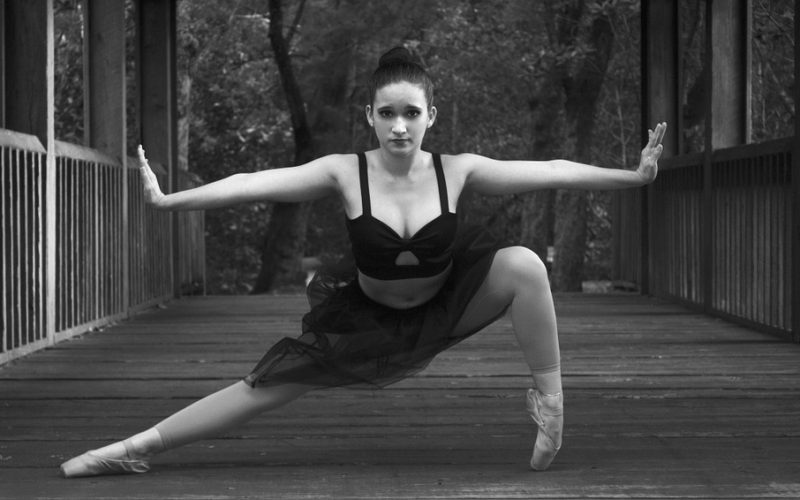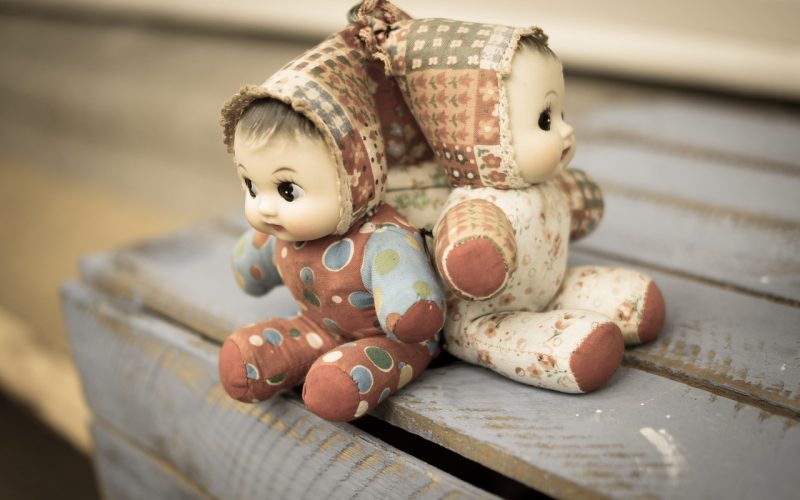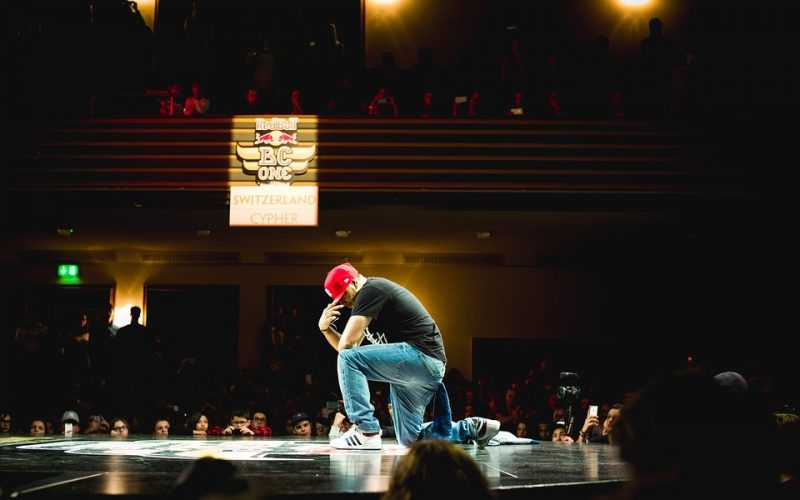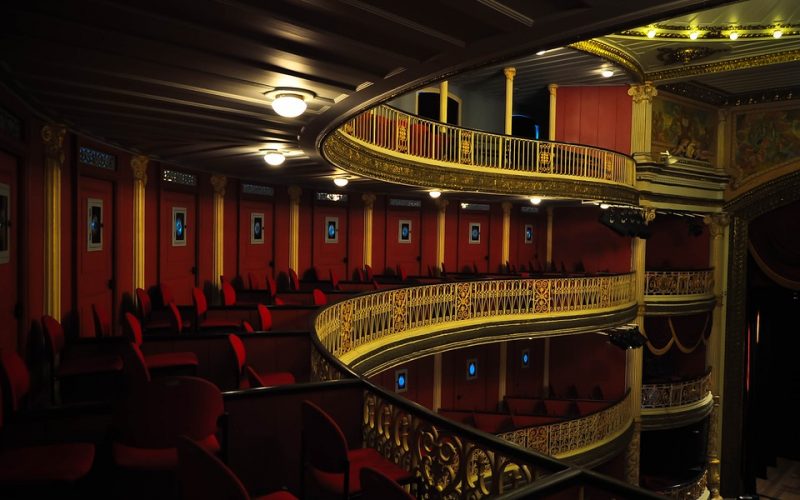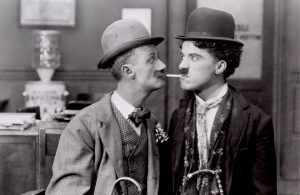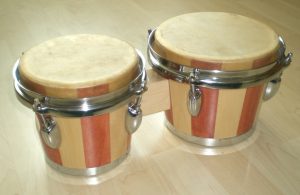The Art of Dance
There are many styles of dance, but all of them tell a story if the audience pays attention. Perhaps the best example of this is ballet because no words are included in the performance. Once the curtain rises, the music and the dancers immediately launch into the tale they are performing. As the performance continues, it is the work of the performers to help people visualize what they are trying to say.
Classical ballets have been performed repeatedly over the centuries, and audiences are often aware of the story before the show. This foreknowledge does not take away from the performance, and it allows people to enjoy the different ways each ballet is choreographed to the music. Many orchestras play the music with little interpretation, so that facet of the performance remains relatively unchanged. This gives the audience a chance to concentrate on the stage movements.
The art of ballet dancing is a very serious one, and performers are taught that each movement of their body has meaning. When a dancer extends their arm, the hand must follow. As the music sounds, the dancer completes each move with grace and vigor to show the audience the meaning they are trying to convey. If they are successful, attendees will feel they have received a complete story and the performance was worth their time.
There are no extraneous moves in a ballet, and the performers practice daily to achieve this goal. Each step, spin, jump and twirl has meaning. Extending the hands or keeping them close to the body gives clues as to the nature of the story. The same is true for the angle of the legs and the cant of the performer’s head. Telling a perfect story is the marriage of sound and movement, and the ballet is the best way to experience this type of storytelling.
